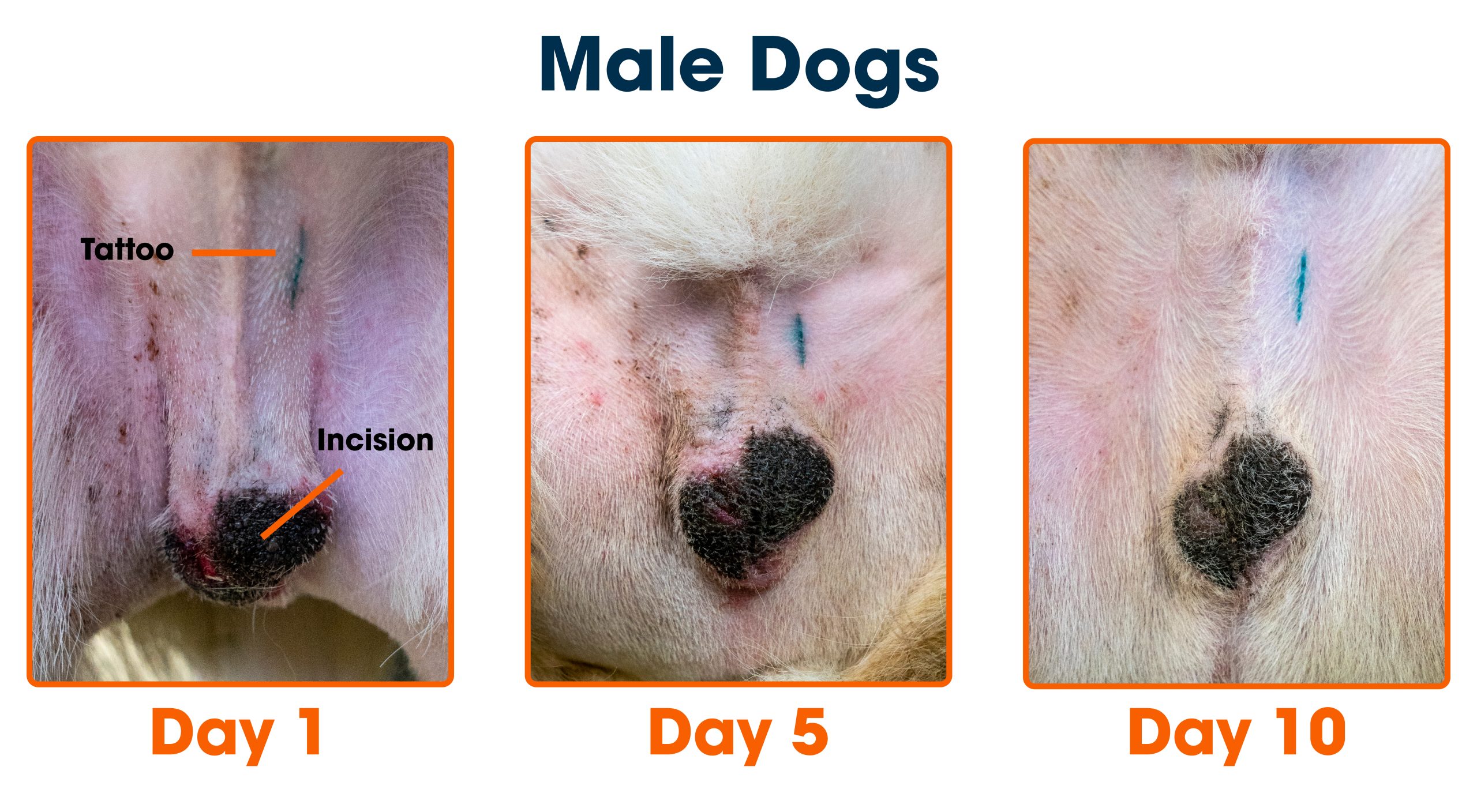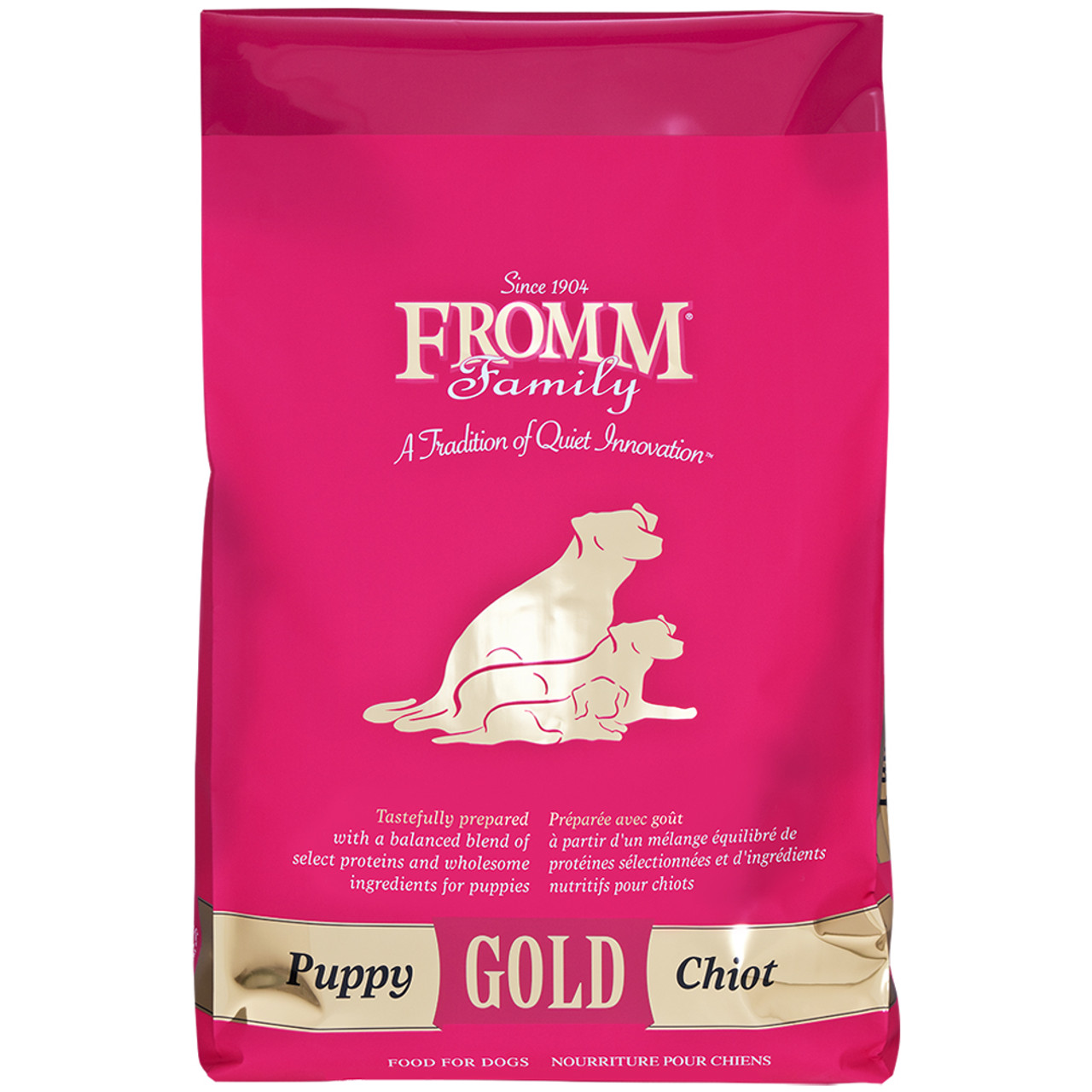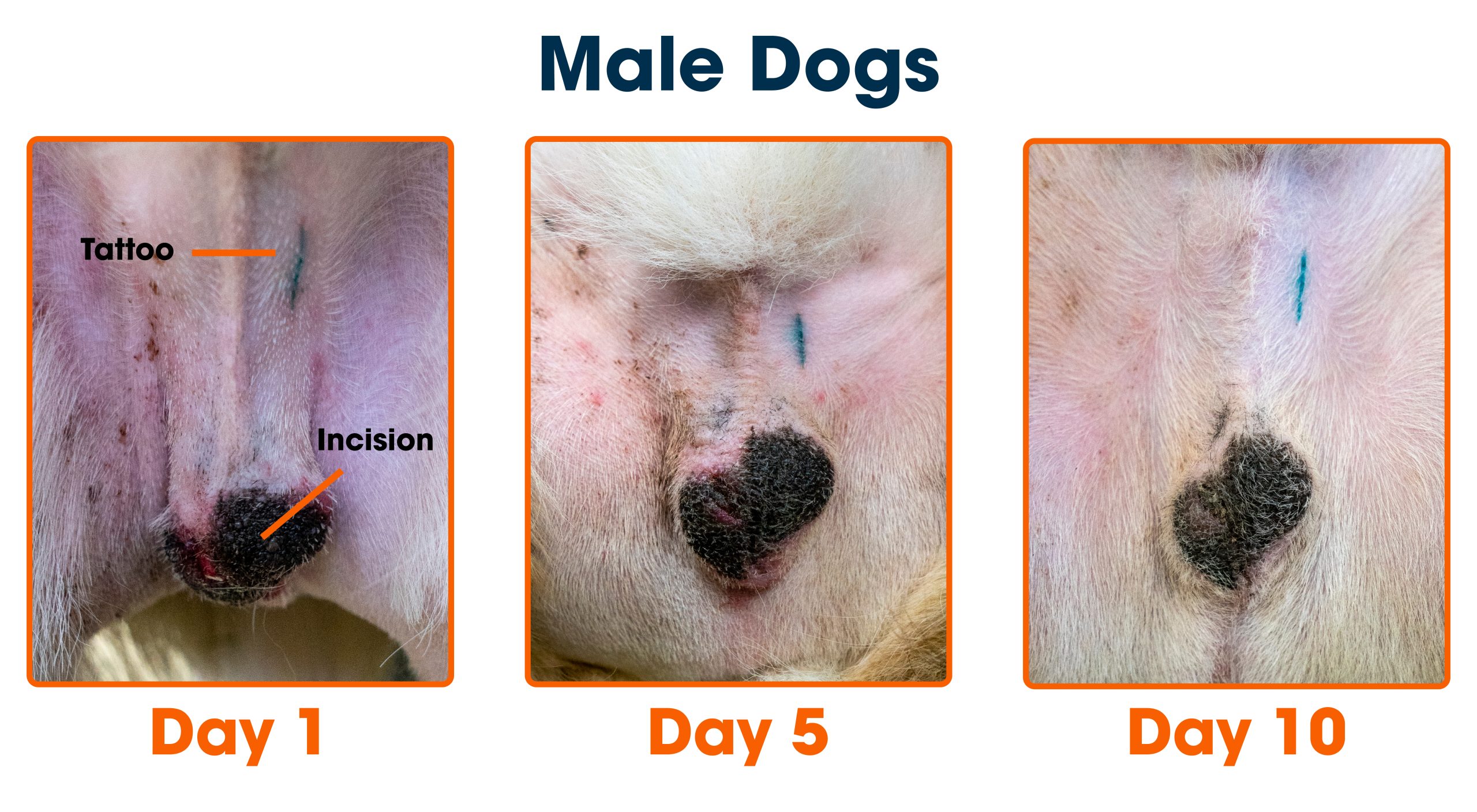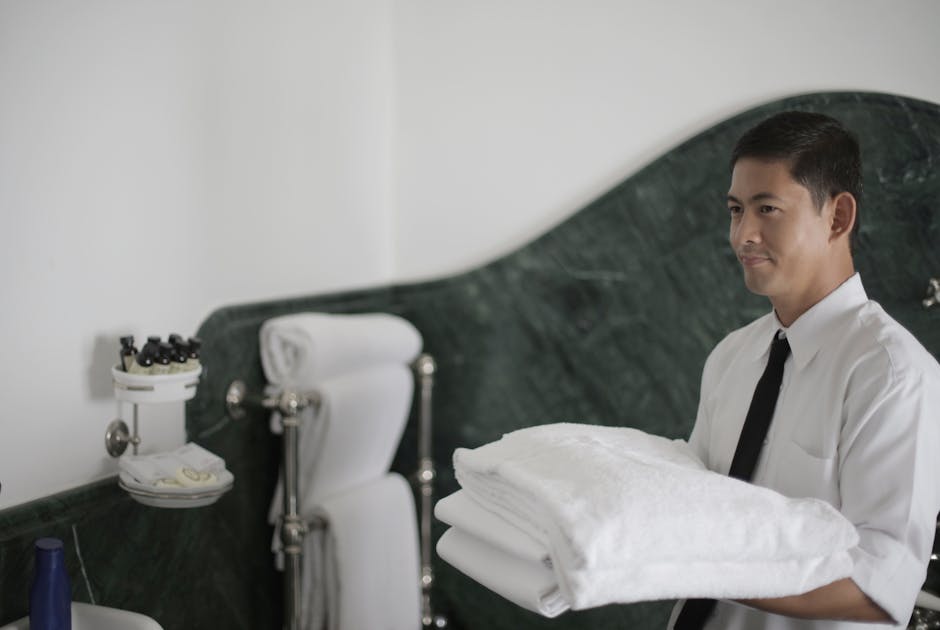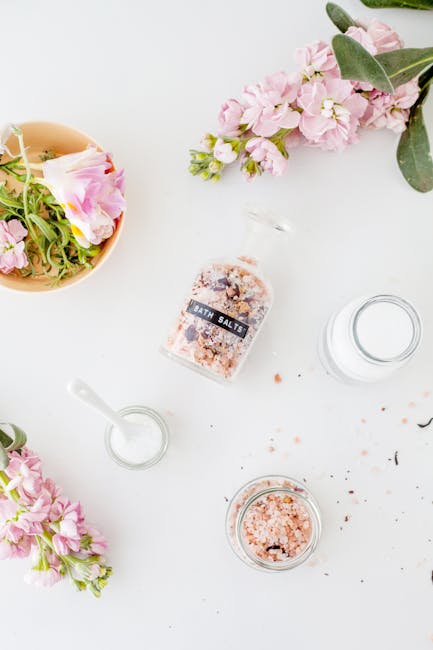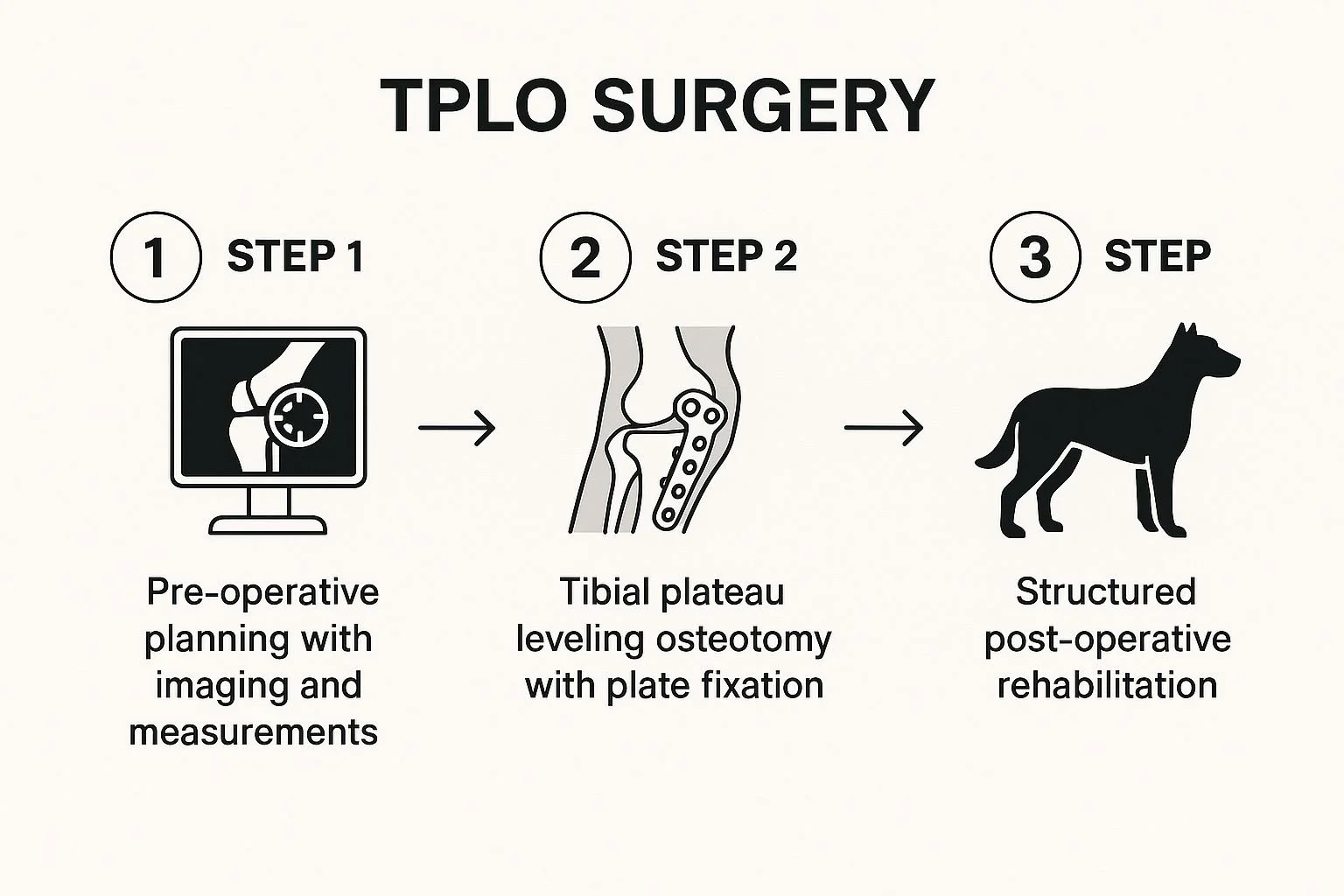You’ve just had your dog neutered, and now you’re wondering when it’s safe to give them a bath. You want to keep your furry friend clean, but you also don’t want to risk harming their healing wound.
Knowing the right time to bathe your dog after neutering is important for their comfort and recovery. You’ll discover exactly how long you should wait before bathing your dog and the best ways to keep them clean without causing any problems.
Keep reading to make sure your dog stays healthy and happy during this crucial healing time.

Credit: www.aspca.org
Healing Timeline After Neutering
Understanding the healing timeline after neutering helps you care for your dog properly. This period is crucial for your dog’s health and comfort. Proper care avoids infections and speeds up recovery. Knowing when to bathe your dog depends on how the healing progresses.
Typical Recovery Period
Most dogs heal well within 10 to 14 days after neutering. During this time, the incision closes and swelling reduces. Activity should be limited to prevent injury. The vet usually removes stitches or checks the wound around day 10. Bathing is generally safe after full healing of the incision.
Factors Affecting Healing
- Age and overall health of the dog
- Size and breed differences
- How well the wound is kept clean
- Whether the dog licks or irritates the wound
- Presence of any infection or complications
Some dogs may need more time if healing slows down. Watching the incision daily helps catch problems early. Contact your vet if redness, swelling, or discharge appears.
Risks Of Early Bathing
Bathing a dog too soon after neutering carries several risks. The healing process is delicate and requires careful attention. Early bathing can harm the surgical site and increase the chance of infection. Understanding these risks helps protect your dog’s health during recovery.
Infection Concerns
The surgical area is an open wound after neutering. Water and soap can introduce bacteria. This may cause infections, leading to redness, swelling, or discharge. Infections can slow healing and cause pain. Avoiding early baths reduces this risk significantly.
Impact On Surgical Site
The stitches or glue need time to hold the wound closed. Bathing too early may loosen them. This can cause the wound to reopen or bleed. It may also lead to scarring or delayed healing. Keeping the area dry helps the skin heal faster and stronger.
Signs Your Dog Is Ready For A Bath
Knowing when your dog is ready for a bath after neutering is important. Bathing too soon can irritate the wound or cause infection. Watch for clear signs that the healing process is well underway and your dog feels comfortable.
These signs help protect your dog’s health and keep the recovery smooth. Checking the wound and your dog’s behavior gives good clues for the right timing.
Wound Appearance
- The wound should look dry and clean.
- No redness or swelling around the incision.
- Scabs should be intact and not peeling off.
- Absence of discharge like pus or blood.
- The area should not be warm to the touch.
These signs show the healing is progressing well. If the wound looks fresh or irritated, wait longer before bathing.
Behavioral Indicators
- Your dog moves normally without signs of pain.
- Less licking or scratching near the wound.
- Calm and relaxed during touch around the surgery site.
- Eating and drinking regularly as usual.
- Showing normal energy and mood levels.
When your dog acts comfortable and calm, the bath is less stressful. Avoid bathing if your dog seems restless or sensitive near the wound.
Safe Bathing Techniques Post-neutering
Bathing your dog after neutering requires extra care to protect the healing incision and avoid infections. Safe bathing techniques can help keep your pet comfortable and speed up recovery without causing harm. Let’s look at how to choose the right products, maintain the perfect water temperature, and dry your dog properly after a bath.
Choosing The Right Products
Use gentle, fragrance-free shampoos designed for sensitive skin. Harsh chemicals or strong scents can irritate your dog’s healing skin and cause discomfort.
Look for shampoos with natural ingredients like oatmeal or aloe vera to soothe the skin. Avoid flea and tick shampoos until the incision is fully healed, as these can be too harsh.
Have you checked your shampoo’s label recently? Many common pet shampoos contain ingredients that slow healing. Opting for a mild, vet-recommended product makes a big difference.
Water Temperature And Environment
Keep the water lukewarm—not too hot or cold—to prevent shocking your dog’s system. Lukewarm water feels comfortable and helps keep your dog calm during the bath.
Choose a quiet, draft-free area for the bath. Sudden noises or cold drafts can stress your dog, which may slow healing.
Think about the timing: is the room warm enough to keep your dog cozy after the bath? A calm and warm environment supports recovery and reduces the risk of chilling.
Drying Methods
Pat your dog dry gently with a soft towel instead of rubbing vigorously. Rubbing can irritate the incision site and cause discomfort.
If you use a hairdryer, keep it on the lowest heat and speed setting, and maintain a safe distance from the skin. Avoid direct heat on the incision.
Ask yourself, how does your dog respond to drying? Some dogs get anxious with blow dryers, so a gentle towel dry and letting them air dry in a warm room can be more effective and less stressful.
Alternatives To Full Baths
After neutering, your dog’s incision site needs time to heal, which means full baths are usually off-limits for a while. But that doesn’t mean your dog has to go without any cleaning. There are simple and effective alternatives that keep your pet fresh without risking irritation or infection.
Spot Cleaning Tips
Spot cleaning is a gentle way to keep your dog clean without soaking their entire body. Use a damp cloth or sponge with warm water to wipe away dirt from the paws, belly, or face. Focus on areas that tend to get dirty quickly but avoid the incision site entirely.
Be sure to pat the spot dry with a soft towel afterward. If your dog has a smelly spot, adding a small amount of pet-friendly shampoo to the cloth can help. Just rinse the area with a clean wet cloth to remove any soap residue.
Using Wipes And Sprays
Pet wipes and sprays are handy for quick clean-ups, especially if your dog is restless after surgery. Choose wipes that are alcohol-free and formulated for sensitive skin to avoid stinging or dryness. Gently wipe your dog’s coat and paws, steering clear of the surgical area.
Spray-on waterless shampoos can freshen your dog’s fur without needing rinsing. Spray lightly and rub the coat with a towel to remove dirt and odors. This method can be lifesaving when outdoor adventures leave your dog messy but a full bath isn’t an option.
Have you tried spot cleaning or wipes on your dog after surgery? What worked best for your pet’s comfort and cleanliness?
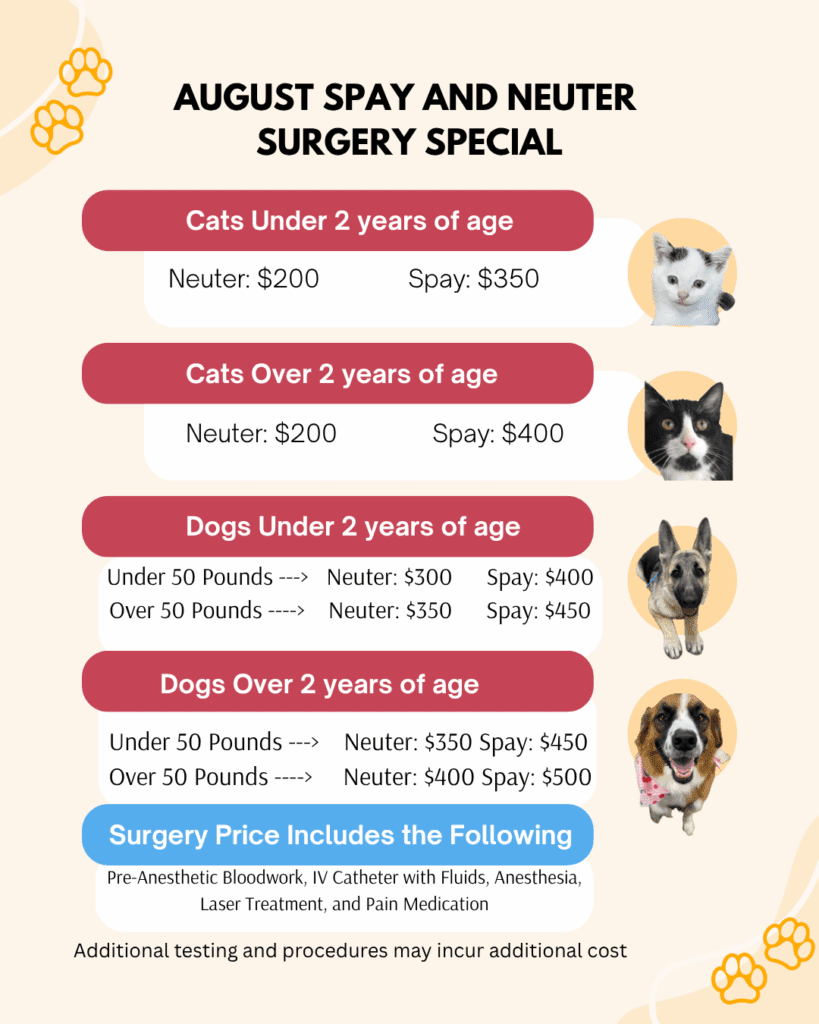
Credit: www.stringtownanimalhospital.com
Veterinarian Recommendations
Understanding your veterinarian’s advice is key after your dog has been neutered. They provide tailored recommendations based on your pet’s health and the surgery specifics. Following these guidelines helps prevent infections and ensures a smooth recovery.
When To Consult Your Vet
Always check with your vet before bathing your dog post-surgery. The general advice is to wait at least 10 to 14 days, but this can vary. If your dog shows any signs of swelling, redness, or discomfort around the incision, contact your vet immediately.
Don’t hesitate to ask your vet about the best bathing products to use or how to keep the incision dry. Sometimes, vets suggest sponge baths instead of full washes to protect the healing area. Your vet knows your dog’s unique situation and can provide the safest plan.
Follow-up Care Advice
After neutering, vets often recommend a follow-up visit to check the incision site. This appointment is a good time to discuss when and how to safely bathe your dog. They can also give advice on any signs of infection or complications to watch for during recovery.
In many cases, vets suggest keeping the incision clean and dry until fully healed, which may mean avoiding baths for up to two weeks. Using a protective cone or shirt can prevent your dog from licking the wound, reducing infection risks. Have you noticed your dog trying to lick or scratch the area? This is a good moment to reach out to your vet for extra tips.
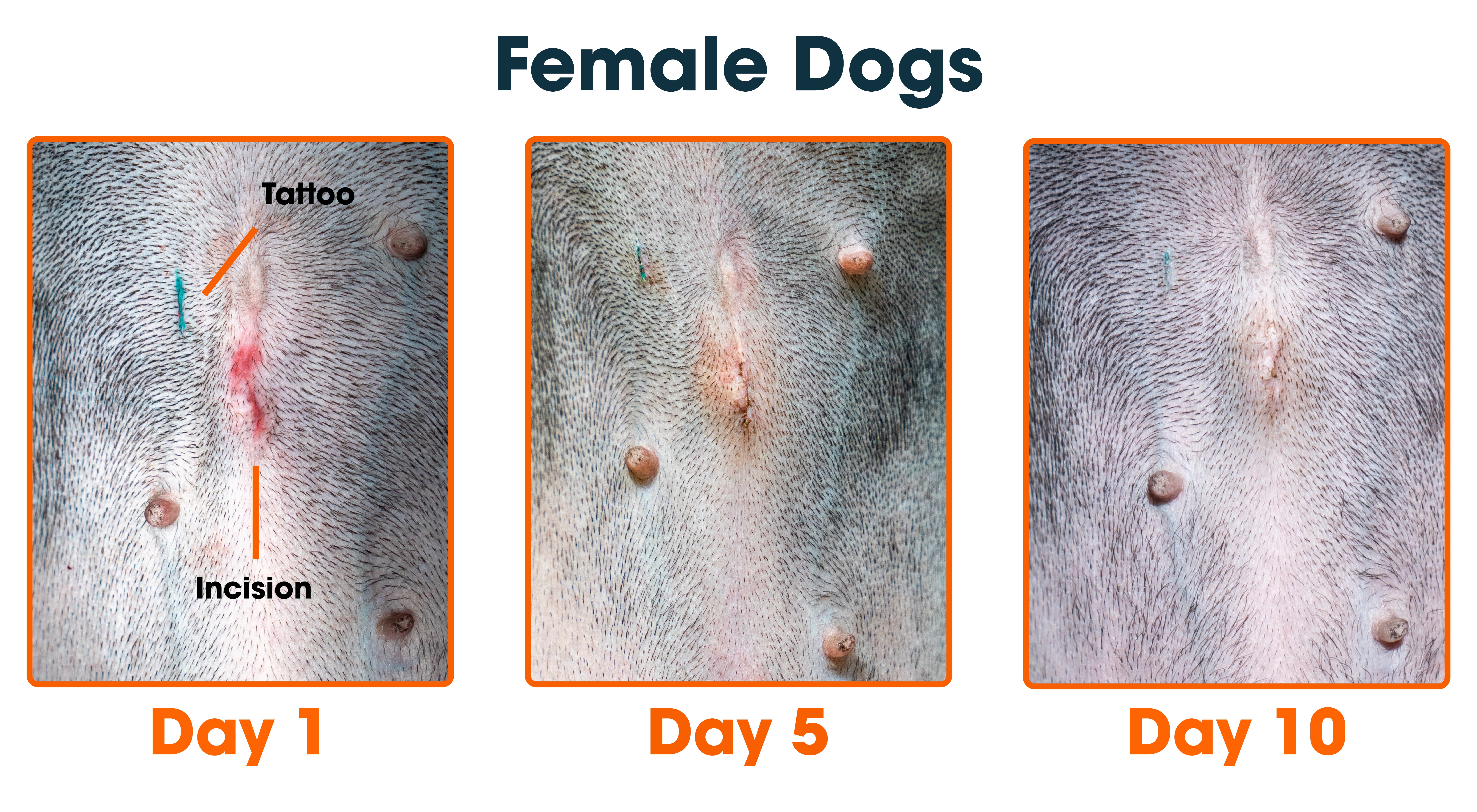
Credit: www.aspca.org
Frequently Asked Questions
How Soon Can I Bathe My Dog After Neutering?
You should wait at least 10 to 14 days before bathing your dog. This allows the incision to heal properly and reduces infection risk. Always follow your vet’s advice for the best care after neutering.
What Happens If I Bathe My Dog Too Early?
Bathing too early can cause irritation, infection, or slow healing. Water and soap may damage the surgical site. It’s important to keep the incision dry and clean until fully healed.
Can I Use Dry Shampoo After Neutering?
Yes, dry shampoo can be used safely after neutering. It helps keep your dog clean without wetting the incision. However, avoid rubbing the surgical area to prevent irritation.
How Do I Keep My Dog Clean Before Bathing?
Use pet-safe wipes or a damp cloth to clean your dog gently. Avoid the surgical site to prevent irritation. Keeping your dog clean helps reduce the need for early baths.
Conclusion
Give your dog enough time to heal before bathing. Usually, wait at least 10 to 14 days after neutering. Keep the incision dry and clean to avoid infection. Use a damp cloth for spot cleaning if needed. Watch your dog for signs of irritation or swelling.
Always follow your vet’s advice for the best care. Patience helps your dog recover safely and comfortably. Clean baths can wait until the wound is fully healed. Caring well now means a happier, healthier dog later.

